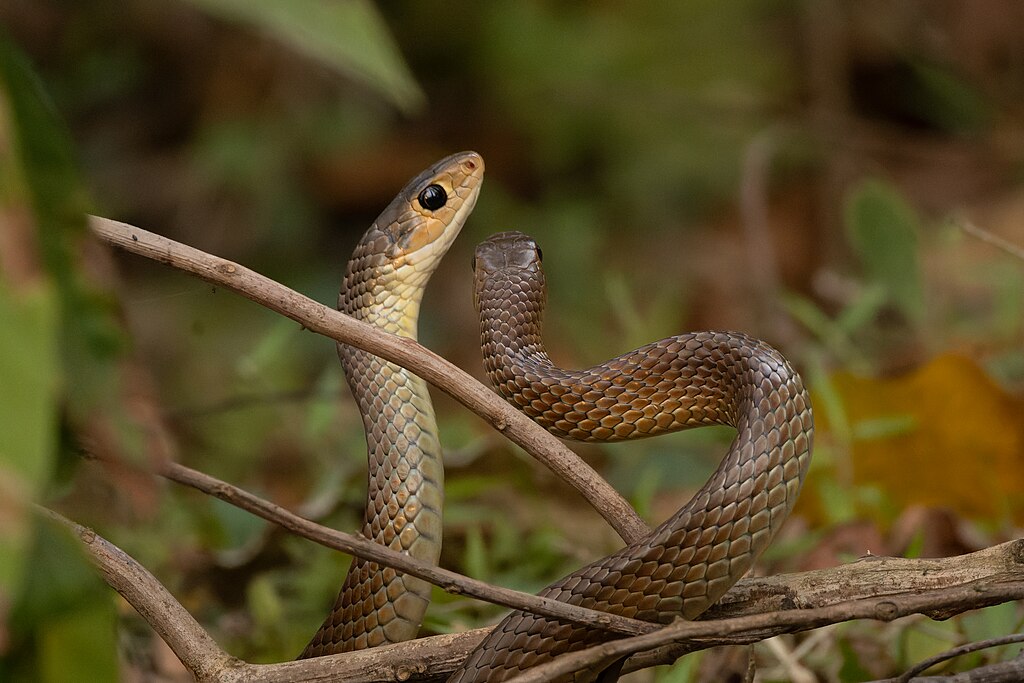The mysterious world of snake reproduction remains one of nature’s most fascinating and least observed phenomena. While many people harbor fears or misconceptions about these reptiles, their mating behaviors reveal complex evolutionary adaptations and surprising social interactions that challenge our understanding of reptilian intelligence. From elaborate courtship dances to competitive male combat and remarkable physiological adaptations, snake mating rituals offer a window into the sophisticated reproductive strategies that have helped these animals thrive for over 100 million years. In this article, we’ll slither into the secretive world of snake reproduction and uncover seven remarkable aspects of their mating behaviors that even dedicated herpetologists find captivating.
The Mesmerizing Mating Dance
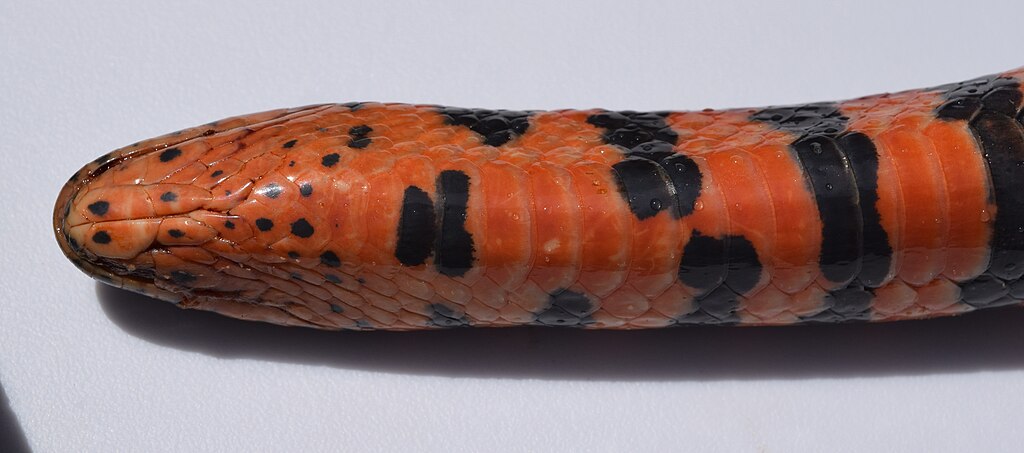
Many snake species engage in elaborate courtship rituals that resemble choreographed dances, with male snakes attempting to impress potential mates through rhythmic movements. For instance, male garter snakes will align their bodies with females and produce waves of muscular contractions that ripple along their length, creating a hypnotic undulating pattern that signals reproductive readiness. In some species like rat snakes, males may circle females while flicking their tongues rapidly to analyze pheromone trails, occasionally rubbing their chins along the female’s back in a behavior known as “topping.” These ritualistic movements can continue for hours or even days, demonstrating remarkable stamina and determination as males attempt to synchronize with the female’s receptivity cycle.
Male Combat: Wrestling for Reproductive Rights
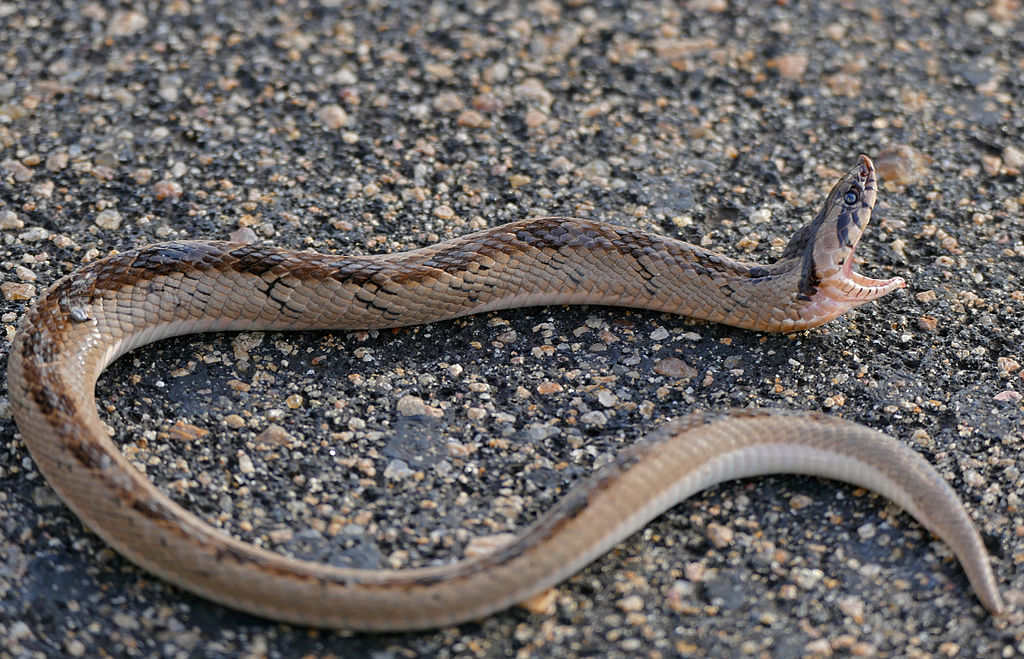
Among certain snake species, particularly vipers and some pythons, males engage in remarkable combat rituals that rarely result in serious injury but determine mating privileges. These wrestling matches typically involve males intertwining their bodies and attempting to pin each other’s heads to the ground, with the victor earning access to nearby receptive females. During these contests, male king cobras may raise up to one-third of their bodies vertically, creating an impressive display before attempting to force their opponent downward. Black mambas engage in “neck wrestling,” where they twist their anterior bodies together while maintaining upright postures, sometimes reaching heights of six feet above ground. Remarkably, these competitions often occur with females nearby, suggesting they may play a role in female mate choice beyond simply determining the dominant male.
Mating Balls: The Remarkable Reproductive Aggregations

Perhaps one of the most extraordinary snake mating phenomena occurs with certain species like red-sided garter snakes, which form massive mating aggregations called “mating balls” or “breeding balls.” When females emerge from winter hibernation, dozens or even hundreds of males may simultaneously detect her pheromone trail and converge, creating writhing masses of intertwined snakes with a single female at the center. These remarkable aggregations, which can contain up to 100 males competing for a single female, create such intense competition that smaller males sometimes employ “she-male” strategies, releasing female-mimicking pheromones to confuse competitors. In Manitoba’s Narcisse Snake Dens, these spring mating aggregations involve tens of thousands of snakes emerging from shared hibernacula, creating one of nature’s most spectacular reproductive events that draws researchers and observers from around the world.
The Secret of Sperm Storage

Female snakes possess a remarkable reproductive adaptation that few other animals share: the ability to store viable sperm for extended periods, sometimes years after mating. This evolutionary advantage allows females to fertilize eggs long after copulation, enabling them to produce offspring when environmental conditions are optimal rather than immediately following mating. In some species like eastern diamondback rattlesnakes, females can store sperm for up to five years, while certain garter snake species regularly maintain viable sperm for 1-2 years. This adaptation creates fascinating genetic consequences, as females can potentially use stored sperm from multiple males to fertilize different eggs within a single clutch, maximizing genetic diversity among offspring. The specialized tubular structures in the female reproductive tract that enable this long-term storage maintain sperm viability through complex biochemical environments that researchers are still working to fully understand.
Hemipenes: The Dual Reproductive Organs

Male snakes possess one of the animal kingdom’s most unusual reproductive adaptations: paired reproductive organs called hemipenes that remain inverted inside the tail when not in use. These Y-shaped or tubular structures evert (turn inside-out) during mating, with the male typically using only one hemipenis per mating event, alternating between the right and left organs in subsequent matings. The surface of hemipenes features remarkable species-specific variations, including spines, hooks, or ridges that may help maintain connection with the female during copulation or potentially remove sperm from previous mates. Hemipenes morphology is so distinct between species that herpetologists often use these structures as taxonomic indicators when classifying snake species. These dual organs also allow male snakes to mate repeatedly with multiple females during a breeding season without requiring recovery time between copulations, a significant reproductive advantage.
The Marathon Mating Sessions
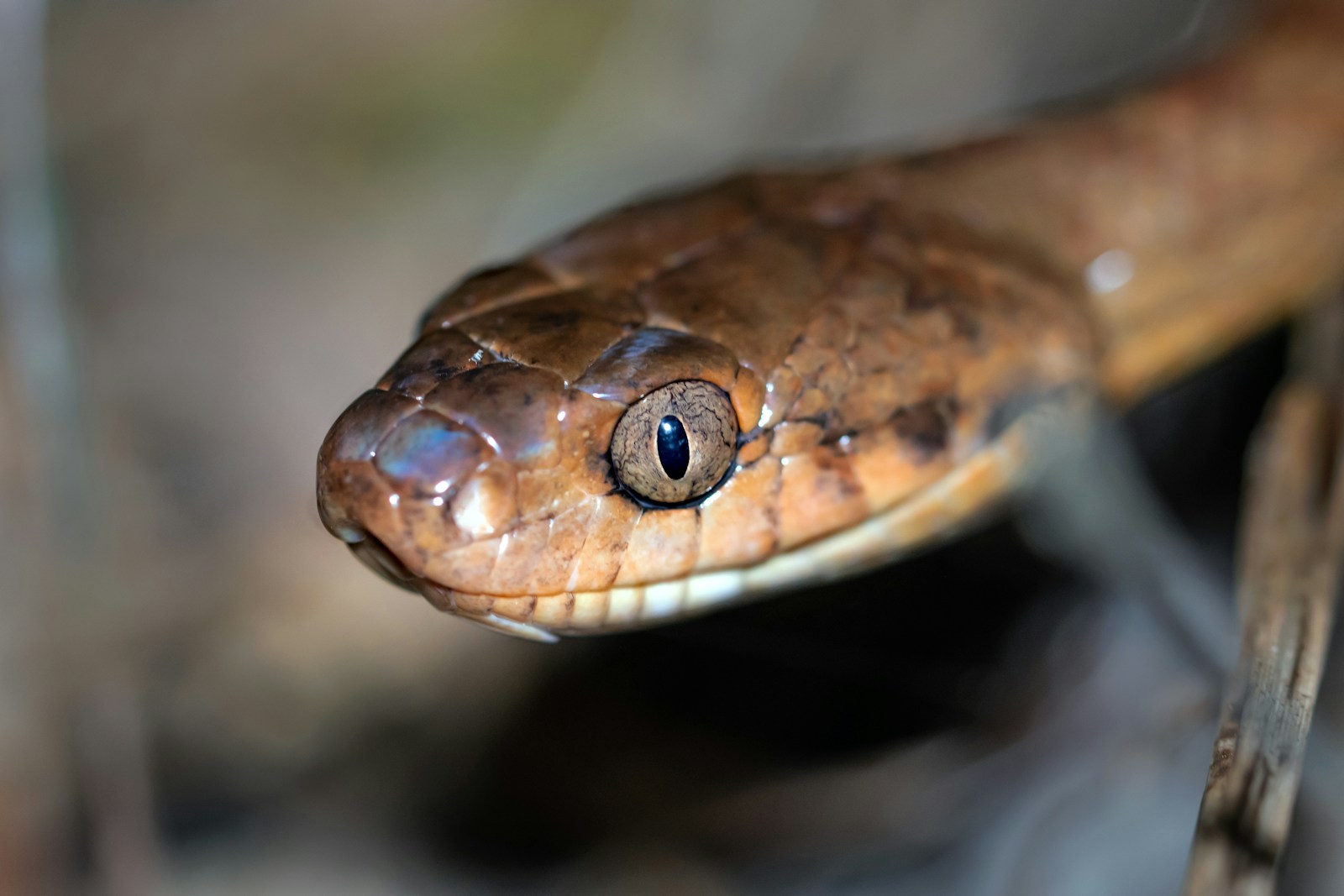
Snake copulation often involves remarkably prolonged mating sessions that can last for extraordinary lengths of time compared to most vertebrates. Various python species typically mate for 4-12 hours continuously, while certain colubrid snakes may remain joined for up to 24 hours. The record-holders appear to be certain species of vipers, with documented copulation periods extending beyond 20 hours and some anecdotal reports suggesting mating sessions lasting multiple days. These extended copulations likely evolved to ensure complete sperm transfer and potentially to prevent females from mating with additional males. During these marathon sessions, the snakes remain relatively vulnerable to predation, suggesting the reproductive benefits must outweigh the considerable risks. The physiological mechanisms that allow snakes to maintain such prolonged copulations involve specialized blood-flow patterns and muscle adaptations that researchers are still investigating.
Pheromone Trails: Chemical Communication in Reproduction

The secret language of snake reproduction relies heavily on chemical communication through pheromones that convey detailed information about species, sex, reproductive status, and individual identity. Female snakes in reproductive condition release specialized chemicals from skin glands that leave invisible trails as they move, allowing males to track them with remarkable precision using their highly sensitive vomeronasal organs. In rattlesnakes, males can detect female pheromone trails that are several days old and follow them accurately across complex terrain for hundreds of meters. Research has revealed that these chemical signals are so sophisticated that they allow males to determine not only if a female is receptive but also her size, health status, and potentially even genetic compatibility. Some female snakes appear to modulate their pheromone production strategically, increasing output when seeking high-quality mates and potentially reducing signals when in the presence of undesirable males.
The Reproductive Timing Mystery

Snake mating follows surprisingly precise seasonal patterns that researchers are still working to fully understand, with many species showing remarkable synchronization across populations. Environmental cues like day length, temperature fluctuations, and rainfall patterns trigger hormonal changes that prepare snakes for reproduction, but many species also appear to possess internal biological clocks that regulate their reproductive cycles. Certain pit vipers demonstrate biennial reproduction, with females reproducing every other year regardless of resource availability, suggesting complex physiological timing mechanisms. In tropical regions, some snake species time their reproduction to coincide with seasonal prey abundance, ensuring offspring emerge when food resources are plentiful. Perhaps most mysteriously, certain snake populations separated by significant geographic distances show synchronized reproductive timing despite experiencing different local climate conditions, suggesting evolutionary programming that transcends immediate environmental cues.
Parthenogenesis: Reproduction Without Males
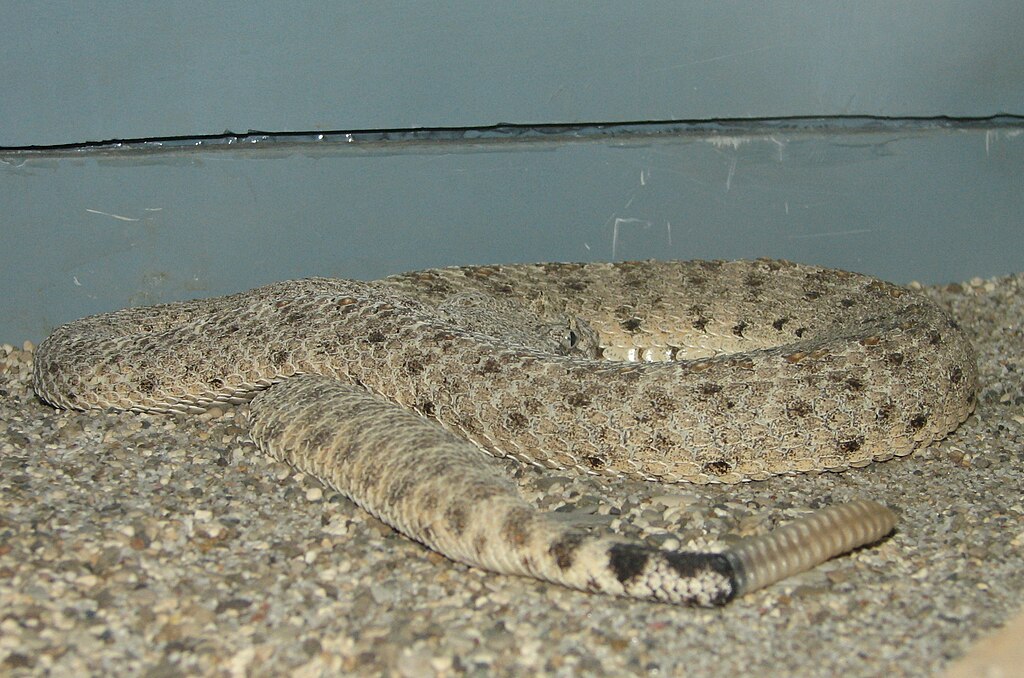
Some female snakes possess the remarkable ability to reproduce without mating, through a process called parthenogenesis, essentially producing clones of themselves when male partners are unavailable. This reproductive strategy has been documented in several snake families, including pythons, boas, and various colubrids, with the Brahminy blind snake reproducing exclusively through parthenogenesis. In 2021, researchers confirmed a case of facultative parthenogenesis in a wild eastern copperhead snake, proving this phenomenon occurs naturally and not just in captivity as previously thought. While offspring produced through parthenogenesis lack genetic diversity, this adaptation provides a reproductive insurance policy for isolated females or colonizing individuals. The mechanisms triggering parthenogenesis remain poorly understood, though it appears some species can switch between sexual reproduction and parthenogenesis depending on environmental conditions or mate availability.
Post-Mating Reproductive Isolation
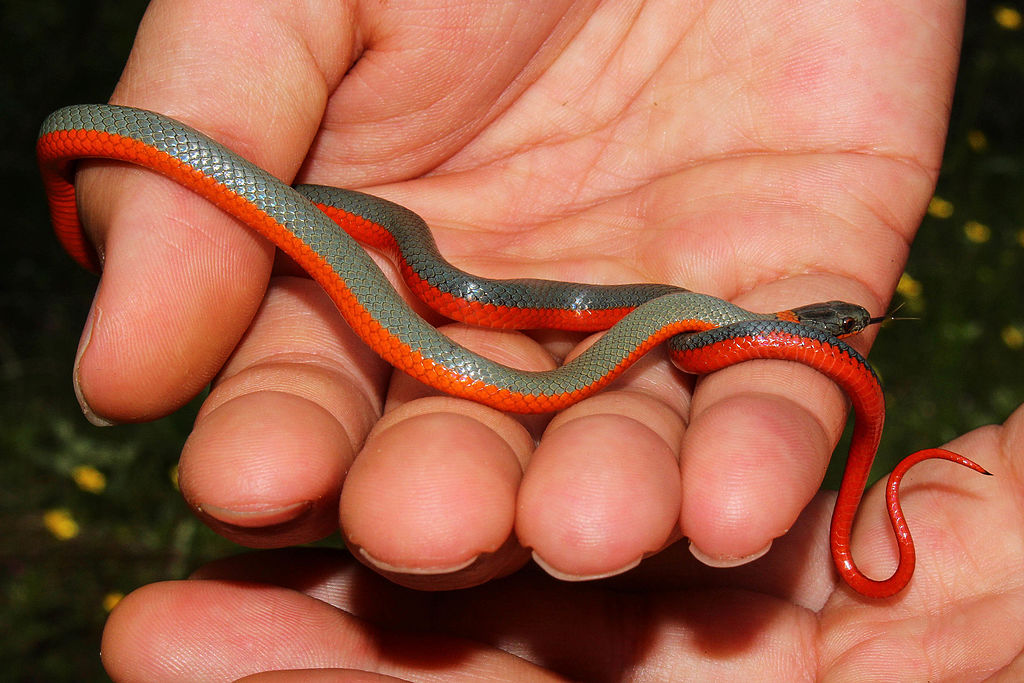
After successful mating, many female snakes undergo remarkable behavioral changes that separate them from males and other snakes, creating what biologists call “reproductive isolation.” Gravid females often seek specific microhabitats with optimal temperature and humidity conditions, sometimes traveling considerable distances to locate ideal gestation or egg-laying sites. In viviparous (live-bearing) species like many vipers, pregnant females will dramatically alter their thermoregulatory behaviors, basking more frequently and maintaining higher body temperatures to speed embryonic development. Some species, particularly certain pythons, exhibit maternal care rarely seen in reptiles, with females coiling around egg clutches and generating heat through muscular contractions to maintain optimal incubation temperatures. This post-mating isolation period represents a critical vulnerability window in female snakes’ life cycles, as their reduced mobility and predictable habitat preferences make them more susceptible to predation.
The Role of Male Pheromones in Female Receptivity
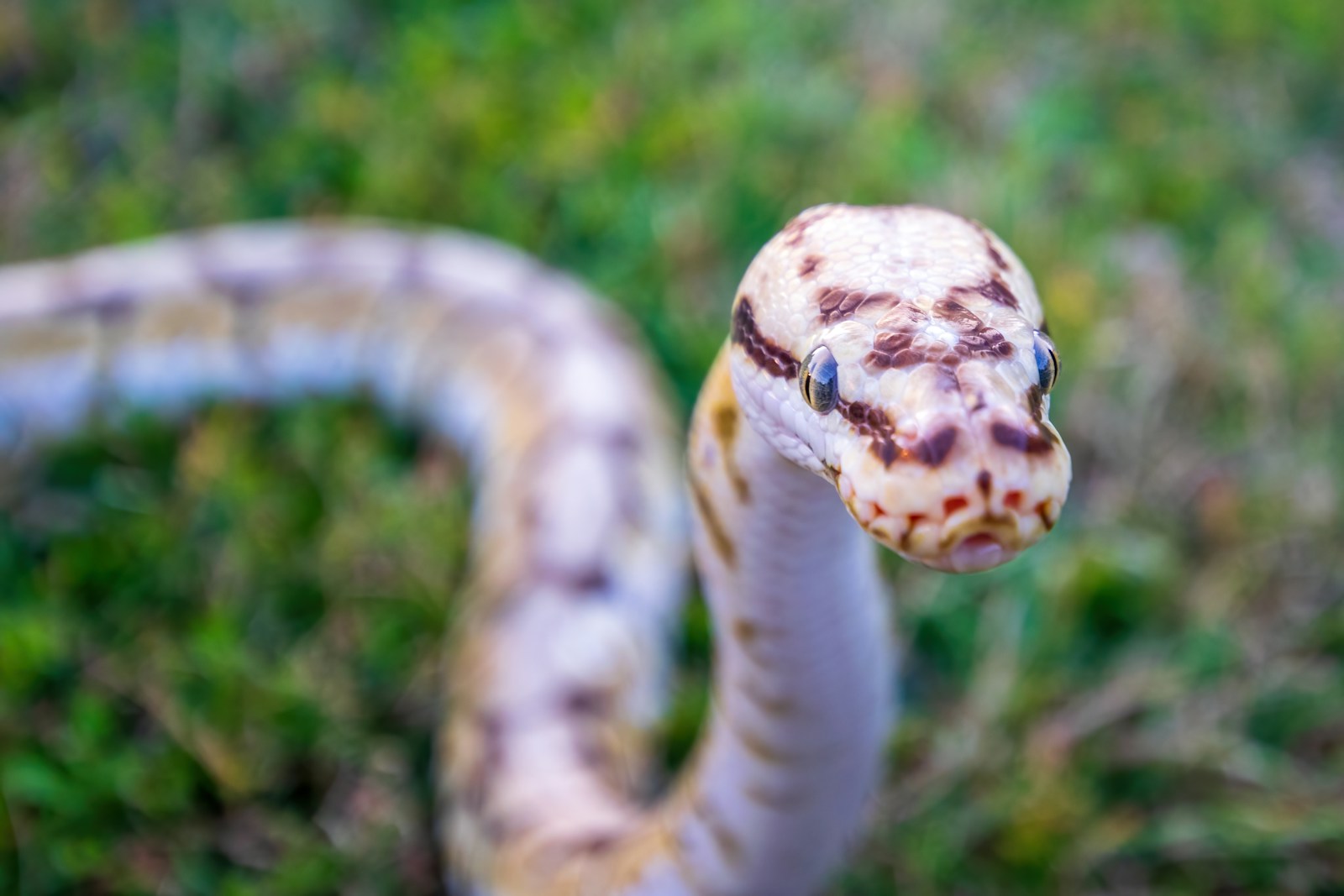
While female pheromones are well-studied in snake reproduction, emerging research reveals that males also produce specialized chemical signals that influence female receptivity and mating decisions. Male garter snakes secrete specific pheromones from chin glands that appear to reduce female resistance during courtship, potentially increasing mating success through chemical persuasion rather than coercion. In certain viper species, male skin lipids contain compounds that trigger female reproductive physiology, potentially accelerating ovulation timing to coincide with successful courtship. Research using Y-maze experiments has demonstrated that females of several snake species show preferences for male pheromones from larger individuals or those with certain genetic profiles, suggesting sophisticated mate-selection mechanisms operating at the chemical level. These male pheromones represent an understudied aspect of snake reproduction that may explain puzzling observations about female mate choice that cannot be attributed to visual or behavioral cues alone.
Evolutionary Significance of Snake Mating Strategies
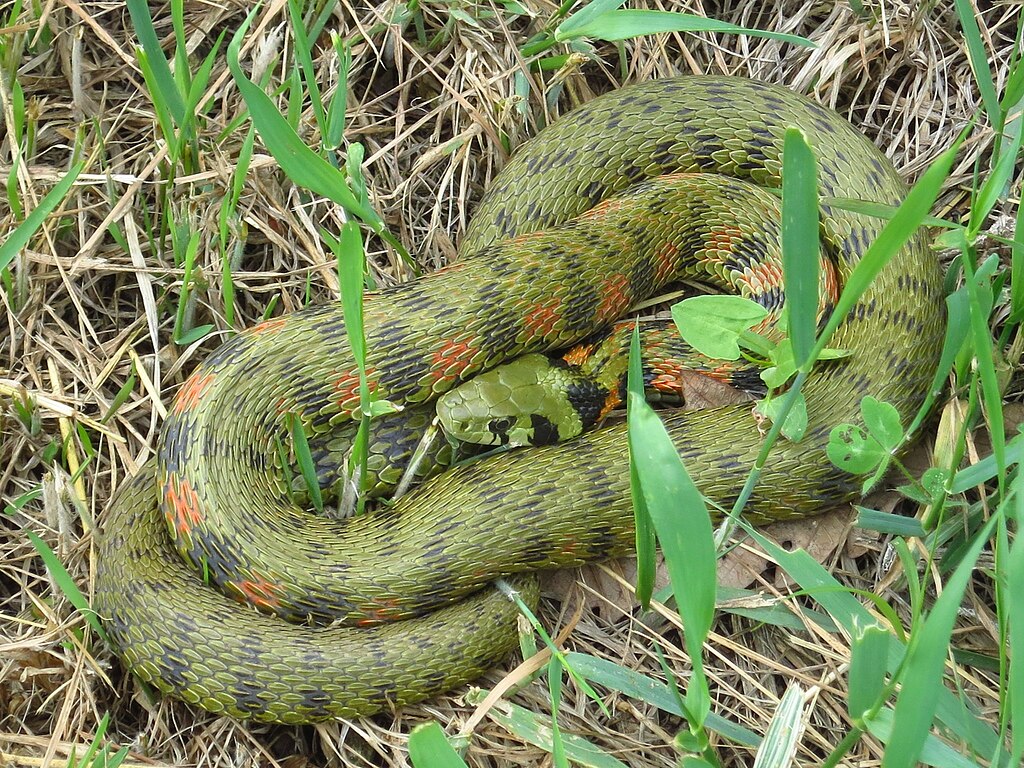
The diverse and complex mating strategies exhibited by snakes represent millions of years of evolutionary refinement that balance reproductive success against survival risks. The remarkable variability in snake mating systems—from prolonged monogamous pairings in certain elapids to the explosive polygynous mating balls of garter snakes—demonstrates how reproductive strategies adapt to specific ecological niches and environmental pressures. Competition-based systems like male combat appear more common in species with defined breeding seasons and high population densities, while chemical-based female choice mechanisms predominate in species with dispersed populations. These reproductive adaptations have contributed significantly to snakes’ evolutionary success, allowing them to colonize nearly every terrestrial habitat on Earth except the polar regions. Understanding these mating systems provides valuable insights not only into snake biology but also into the broader evolutionary principles governing reproductive strategies across the animal kingdom.
Conclusion
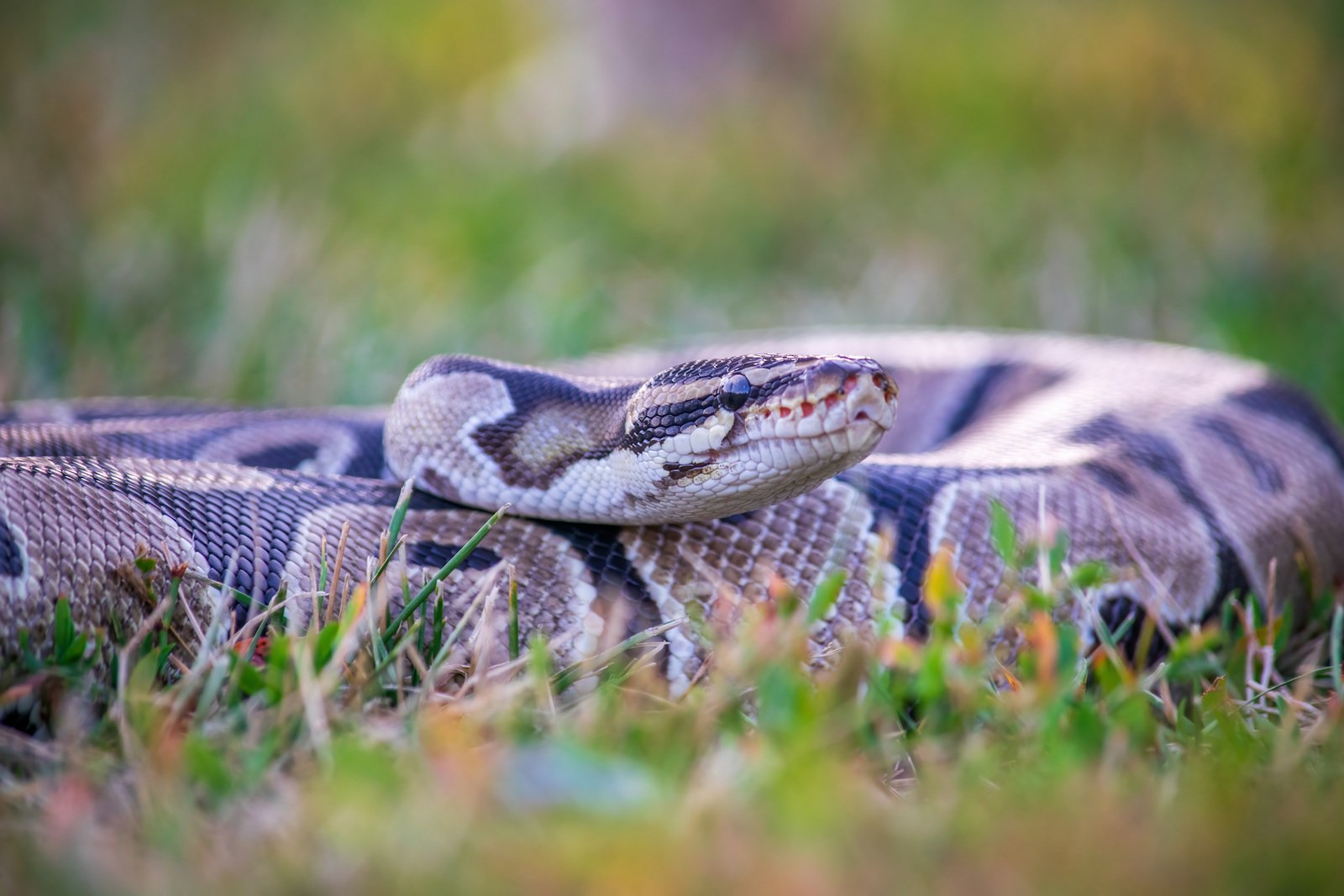
The secretive mating rituals of snakes reveal a world of remarkable complexity that challenges our perceptions of reptilian behavior. From chemical communication and elaborate courtship displays to physiological adaptations like hemipenes and sperm storage, snake reproduction represents a fascinating evolutionary tapestry that continues to yield new discoveries. These reproductive strategies have allowed snakes to become one of Earth’s most successful vertebrate groups, adapting to diverse habitats across six continents. As research techniques improve, particularly in molecular biology and field observation technology, we continue to uncover new dimensions of snake mating behaviors that were previously hidden from scientific understanding. These insights not only enhance our appreciation for these often-misunderstood reptiles but also contribute valuable knowledge to conservation efforts aimed at protecting vulnerable snake species and their critical breeding habitats.

